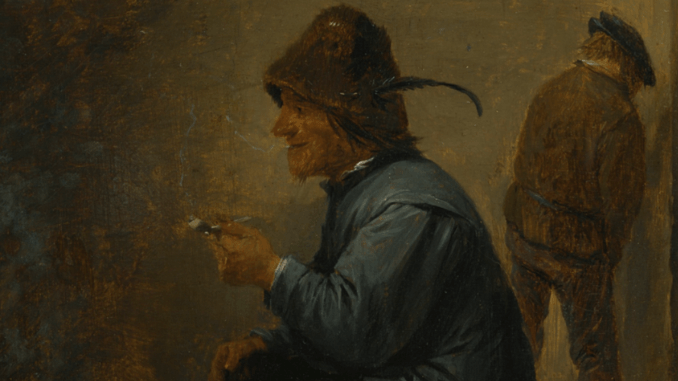
Grant, we beseech thee, Almighty God, that we, who for our evil deeds do worthily deserve to be punished, by the comfort of thy grace may mercifully be relieved; through our Lord and Saviour Jesus Christ. Amen
BCP: The Collect for The Fourth Sunday in Lent
Midway through the Lenten season it seems that we have broken our fast more than we have kept it. Today, for the first time in weeks, all three of us made it to Fukatsu Kyoukai in time for the sermon… According to Mrs H today’s sermon by the visiting chaplain touched upon the nature of the Fourth Sunday in Lent.
Today is Mothering Sunday, which has been celebrated in England, since at least the 17th Century. A special type of fruit cake, known as Simnel Cake, was baked for the fourth Sunday of Lent. Another name for this Sunday is also “Laetare Sunday” or “Rejoice” or “Refresh” Sunday. Thus, in the midst of the spartan season of Lent we take time to rejoice and refresh ourselves and rededicate ourselves for the remaining days of Lent. Well, we shall see…
The last hymn was well chosen: Christians Seek Not Yet Repose by Charlotte Elliot.
This afternoon we strolled over to the Hiroshima Prefectural Art Gallery to see an exhibition of Flemish Art from the Hermitage. Nineteen of the paintings were by Teniers the Younger.
I went armed with a pair of Soviet-era opera glasses. If you have never tried using a small pair of binoculars when viewing paintings, particularly paintings with a lot of detail and character, or paintings crowded with people and animals such as those by Teniers the Younger at today’s exhibition, then you don’t know how much you are missing.
Firstly, you can view pictures from a distance, which is very useful when an exhibition is crowded, as today’s was. It enables you to get a clear, sharply focussed overview of a painting before moving in to view it with the naked eye.
Secondly, you can focus on a small portion of a canvas and see it in amazing detail. A feature which may appear dull and flat to the naked eye suddenly jumps out in round and vivid detail.
Many of Tenier’s paintings make a point of showing people – peasants, soldiers, cooks , winebibbers, amid their paraphanalia – glistening pots and pans, the tackle of warfare cast aside for the gaming table, dead fish and game and so forth, whether indoors or out. No detail of the squalid poverty of the interior of a base tavern seems to have been omitted. A shadowy fellow with his back to the viewer pisses against the wall by the chimney while his fellows play cards around a mean table. A pot, a dish, a basket laid aside catch what light the dim interior affords.
Move to an outdoor scene – a peasant festival – and there is a similar fellow with his back to the viewer, pissing against a wall… and once you have noticed this “one that pisseth against a wall” (I Kings XVI xii) in a couple of paintings you begin to seek him out in the other crowd scenes and as often as not he is to be found, this sempiternal wall-pisser.
